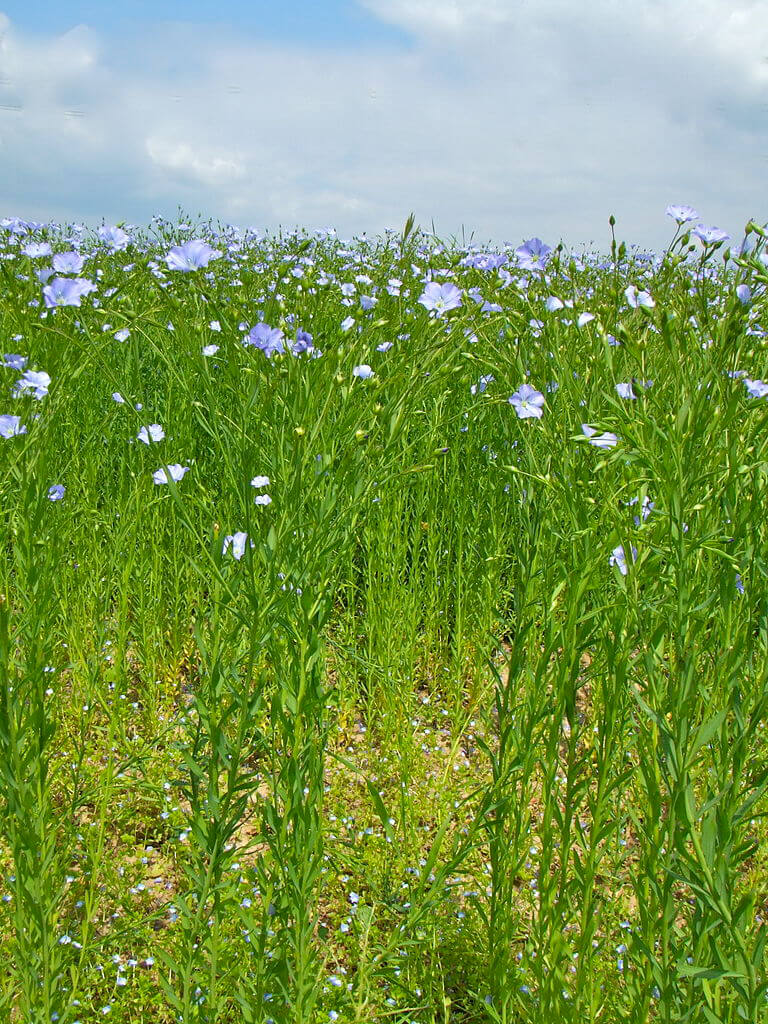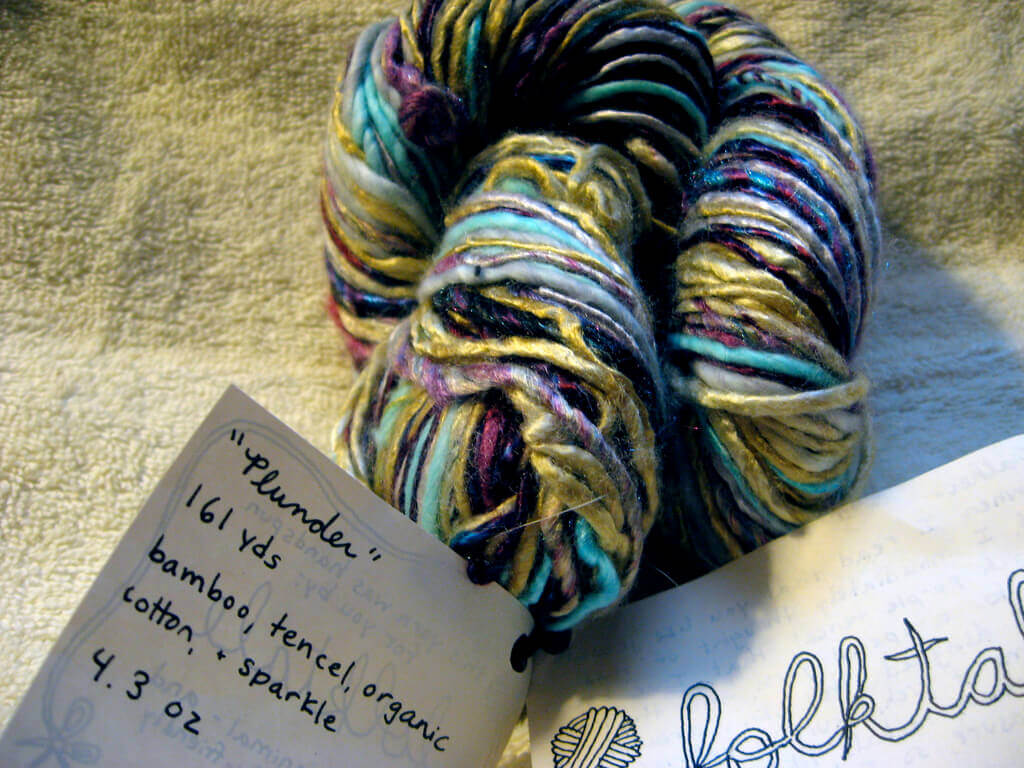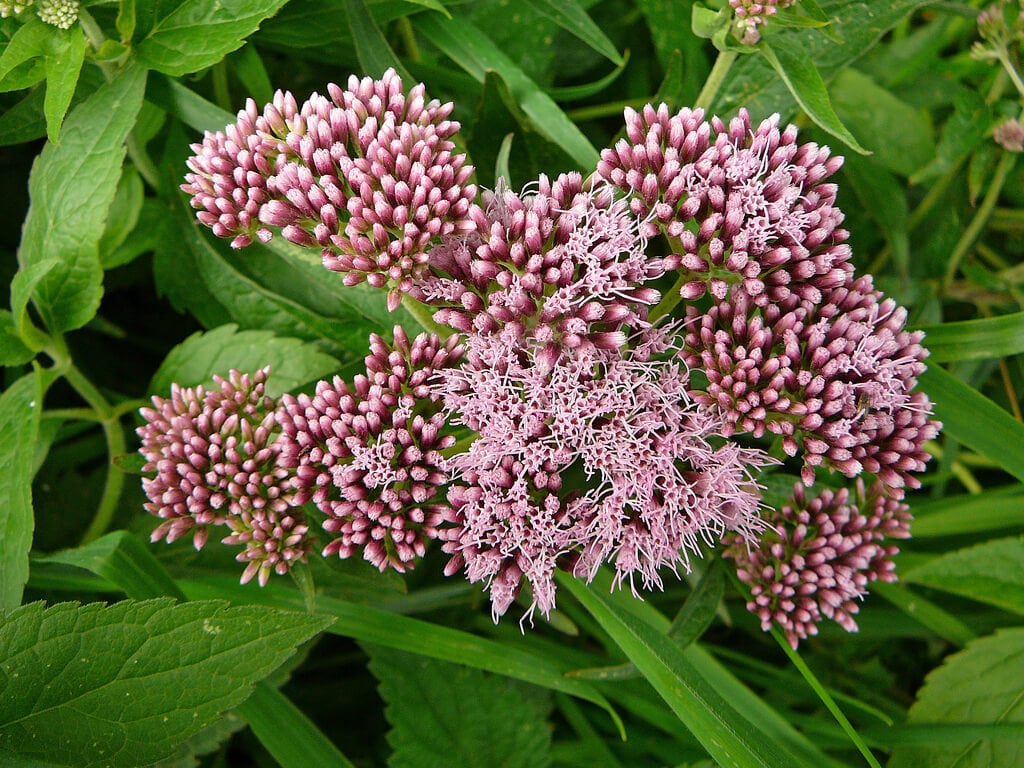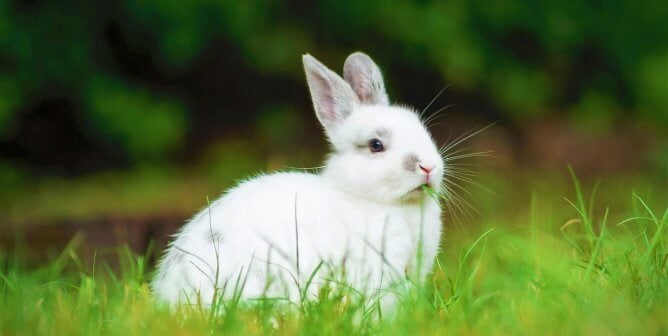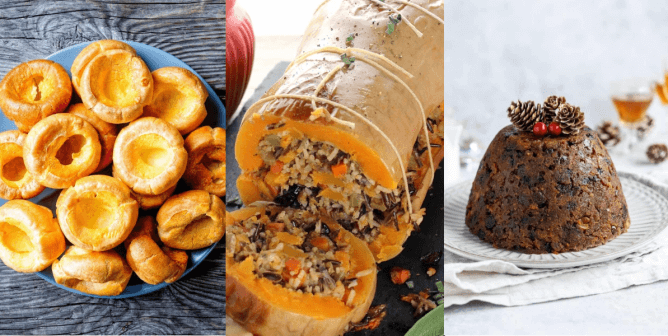There are many conventional wool-free materials that don’t include punching and stomping on sheep, such as cotton, rayon, nylon, and polyester. Recently, however, we’ve seen a surge of high-performing fabrics that are revolutionary in both texture and eco-friendliness. More and more clothing brands are opting for these materials that don’t support the cruelty of the wool industry. Here are some of the new materials, both synthetic and plant-derived, that everyone will soon be wearing:
1. Bamboo
Bamboo fabric feels like a cross between cashmere and silk and is light, strong, and breathable. Because it’s natural cellulose, bamboo can be completely biodegradable. Compared to merino wool, it is reportedly stronger and softer and does not retain a smell.
2. Linen/Flax
Linen is a durable material that becomes softer and stronger the more that it’s used. It can absorb up to 20 percent of its weight in moisture before it feels damp and easily releases moisture to the air to remain cool and dry to the touch. It has the additional advantage of being non-allergenic. Linen requires considerably fewer pesticides and fertilizers than other crops and is both recyclable and biodegradable.
3. SeaCell
SeaCell fiber combines cellulose with seaweed. Dried seaweed is crushed coarsely, ground, and simultaneously introduced into cellulose fiber, from which materials for a wide variety of textiles are manufactured. Brown algae used in SeaCell are said to activate cell regeneration, re-mineralize the skin, limit inflammation, soothe itchiness, and detoxify the body. The porous structure of the SeaCell textile fibers promotes humidity intake and release, which keeps you warm in the winter and cool in the summer.
4. Lyocell/Tencel
Lyocell is made from wood pulp and is manufactured using an environmentally friendly process that reuses processing chemicals. It is also biodegradable, recyclable, and naturally wrinkle-free. A great substitute for silk, Lycocell is soft, drapes well, and can be washed, dyed, and even woven to mimic the qualities of suede, leather, moleskin, or wool. Producing this fabric generates fewer emissions as well as uses less energy and water than the production of other more conventional fabrics does.
5. Modal
Modal is a variety of rayon, made exclusively from the renewable fiber of beech trees. Since the base material comes from a natural source, rayon fibers such as modal are sometimes classified as a “natural synthetic.” Fabric made from modal is very soft and smooth, with a moderate to high sheen. Additionally, modal fabric is about 50 percent more water absorbent than cotton is! The original “artificial silk,” it is soft, drapes well, and dyes easily. Unlike silk, it does not need to be ironed and retains it shape, size, and color even after repeated washings.
6. rPET
“rPET” stands for recycled polyethylene terephthalate (PET). PET is a member of the polyester family, and rPET refers to the plastic bottles used for water and soda with the recycling symbol number 1. When you put a bottle in the recycle bin, it may go back through the recycle process to become another bottle, or it may become a polyester fiber of some kind or something else entirely. rPet polyester has an almost 90 percent lower carbon footprint than nylon does, a 75 percent lower carbon footprint than virgin polyester, and, astonishingly, a 50 percent lower carbon footprint than organic cotton.
7. Hemp
Hemp grows without the use of pesticides or chemical fertilizers, making it ideal for organic farming. Hemp roots are able to descend 3 feet or more into the ground, thereby anchoring and protecting soil from runoff while building and preserving topsoil and subsoil structures. Hemp is also completely biodegradable. It is similar to linen in feel and appearance and is three times stronger than cotton.
8. Soysilk
Soy fabric is a new eco-friendly fabric made from a byproduct of soybean processing. It has the softness and luster of silk, the drape and durability of cotton, and the warmth and comfort of cashmere. Soybean fiber is made from the residue of soybeans produced during tofu manufacturing. This process is 100 percent natural and free of any petrochemicals. Soy fibers provide the environment with a unique “cradle-to-cradle” approach, coming from the Earth and being wholly biodegradable. Manufacturers claim that the amino acids present in soybean protein fiber are transmitted to the body when incorporated into clothing.
These fabrics are the face of our future, as they are versatile and high-quality and don’t involve cruelty to animals, which is increasingly viewed as unnecessary and unjustifiable. Please visit our How to Wear Vegan feature for more information on cruelty-free clothing.



